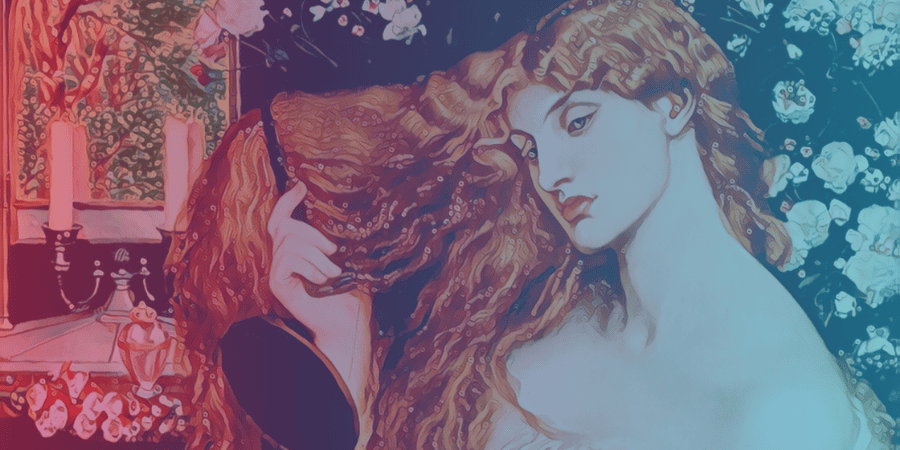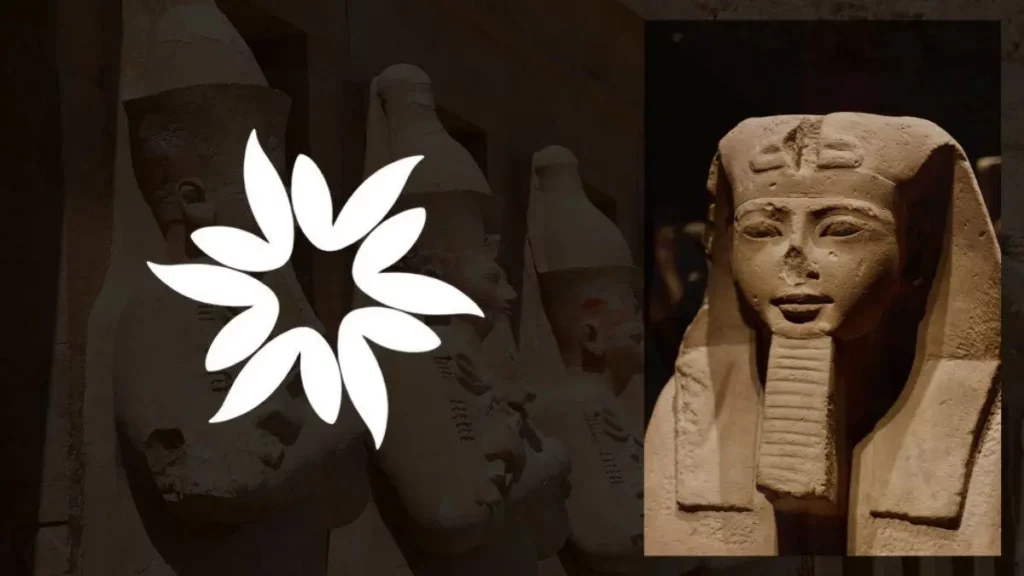Key Takeaways
- Lilith is a well-known Jewish demoness, often depicted as a seductive, child-killing monster
- The origins of the Lilith legend are difficult to trace, but it's part of a long-standing tradition of spells and charms aimed at protecting infants and pregnant women.
- The story's focus on Lilith's insistence on equality takes on new significance when viewed as a tale predominantly told by women.
- Lilith's varied history and ambiguity allows for interpretation as either a destructive female symbol or a symbol of female power.
- Some feminists embrace Lilith as a symbol of empowerment, while others see her as a malevolent figure.
Lilith, a well-known Jewish demoness, is often depicted as a seductive, child-killing monster.
She appears in various forms of media and has even inspired the names of charities.
Much of her popularity stems from a legend that tells of her time in the Garden of Eden. Created from the same clay as Adam, Lilith was intended to be his wife.
However, when Adam demanded she submit to him during sex, Lilith refused, asserting that they were equals.
Unable to resolve their disagreement, Lilith left the Garden of Eden and never returned.
The origins of this story are difficult to trace, as it first appears in a satirical text called the Alphabet of Ben Sira. The text is filled with odd stories and solutions to problems, making it hard to discern the original intent behind the Lilith legend.
What is clear is that the story predates the Alphabet and is part of a long-standing tradition of spells and charms aimed at protecting infants and pregnant women from demonic forces.
A Women’s Tale: The Charm of Lilith
The Lilith legend becomes more intriguing when considering that these stories were often part of women’s lore.
Although dismissed by male religious authorities as old wives’ tales, these charm stories were passed down by women to protect their children.
In fact, the Lilith story itself acts as a charm, with her promising not to harm children if the names of the three angels sent to retrieve her are invoked.
The story’s focus on Lilith’s insistence on equality takes on a new significance when viewed as a tale predominantly told by women.
It’s possible that the message of equality has resonated with and been shared by women for centuries.
The origins of this story are difficult to trace, as it first appears in a satirical text called the Alphabet of Ben Sira. The text is filled with odd stories and solutions to problems, making it hard to discern the original intent behind the Lilith legend.

Lilith’s Controversial Symbolism
Lilith is a figure of much debate among Jewish scholars, feminists, and intellectuals.
While her name is not in the Torah’s creation story, she appears in several midrashic texts.
Her origin stories vary, but the most popular one portrays her as Adam’s first wife who left the Garden of Eden to assert her independence.
Due to her varied history, Lilith has been represented in multiple forms in literature and art.
Empowerment or Destruction?
The ambiguity of Lilith’s character has allowed different groups to interpret her as either a destructive female symbol or a symbol of female power.
Many feminists view Lilith as the first independent woman, who defied Adam’s dominance and left the Garden despite the consequences.
However, others see her as a vengeful demoness who kills children and takes advantage of men.
Some feminist groups have embraced Lilith as a symbol of empowerment, such as the Jewish feminist magazine named after her.
The publishers use Lilith as their title, believing she represents independence.
However, those who view her as a malevolent figure might argue that this use of Lilith could perpetuate negative stereotypes about feminists.
The accuracy of Lilith’s story is less important than the symbolism it offers. As the “first Eve,” Lilith represents a figure many women can identify within religious traditions.
Her independence, defiance, and mysteriousness make her an enduring symbol of power, open to reinterpretation by women seeking empowerment.








